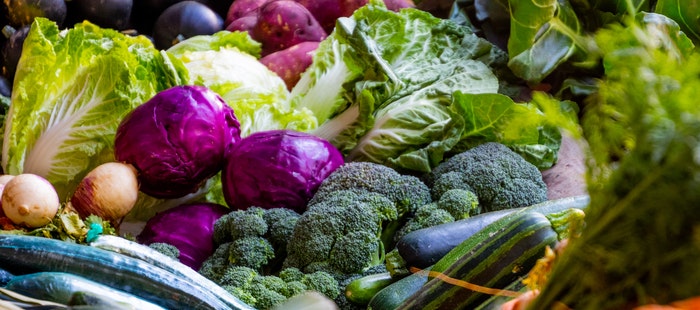
It went down to the wire, but the deal between the UK and the EU was finally struck on December 24th 2020.
As we continue into 2021, the deal’s ramifications are expected to reach every corner of the food industry. So much so that it’s impossible to understand for sure how this will manifest itself in the coming months and even years.
In this blog, we’ll briefly look at the critical parts of the food industry’s deal and what changes we’ve already seen.
Background
Perhaps most crucially, the deal side-steps severe tariffs that could’ve seen everyday food items increase by up to 5%. Given that most of the UK’s food imports come from countries around the EU, this is a significant bonus for all UK households.
That said, there are many other changes that are a little more complicated, and the food industry has been forced to pivot and adapt quickly to understand the scale of these changes.
One of the biggest concerns was the lack of any real implementation period, which meant that food businesses had only the Christmas period to read and understand the deal before it came into effect.
Now we are fully up and running, and businesses have had a little time to get used to the changes; here are some of the key points and how they’ve impacted food businesses.
Rules of Origin
Although there are no apparent tariffs at the moment, the reality for many manufactured products is very different.
Businesses must now prove they are qualified for no tariffs by meeting the obligations for ‘rules of origin‘ for each of their products. This essentially means that the exact proportions of manufactured products must be outlined, and a specific amount must be produced locally in order to benefit from the free-tariff rules.
The EU rejected UK proposals to include inputs sourced from countries with which the EU and the UK hold free trade agreements to include as ‘local’. This means that any businesses that source ingredients from countries such as Canada or Japan have found life particularly difficult in 2021.
Food Safety & Standards
The two parties did not agree on any means to decrease sanitary or phytosanitary (SPS) checks on animal or plant-based food that crosses the border. Only the basic trade terms outlined by the World Trade Organisation apply.
This means that any business that exports meat and dairy products into the EU must undertake a “full burden of requirements” audit, with the goal of proving compliance with both UK and EU regulatory obligations.
This includes extensive documentation along with physical inspections for almost 30% of loads entering the EU.
The EU has previously eased their inspection criteria with many other trading partners, such as New Zealand, to ensure that only 1% of loads are subjected to the full burden of requirements.
The UK was unable to secure such allowances.
Transportation
The excellent news for haulage firms is that they will be able to continue operating between the UK and the EU at the same frequency as before the UK left the Union.
Currently, the only thing that is presently limited is the number of trips that UK and EU hauliers can make once entering the EU or UK, respectively.
While drivers from the UK could once make three additional trips within an EU country after dropping off their load, only two additional trips can be made within the EU and only one within that same country.
The same applies to EU hauliers entering the UK.
Heat-Treated Pallets
Now that Britain is considered as a “third country“, all food exporters must now use heat-treated pallets when sending their products to other EU countries. This is intended to stop contamination and thwart the spread of pests.
This change will not only create additional costs but may also lead to problematic logistical challenges. Given the massive uptick in demand, it’s already predicted that a shortage will occur at some stage.
If you’re interested in upgrading any of your existing equipment, or you’d like to hear more about our services or anything we’ve covered in this blog, why not get in touch today?

